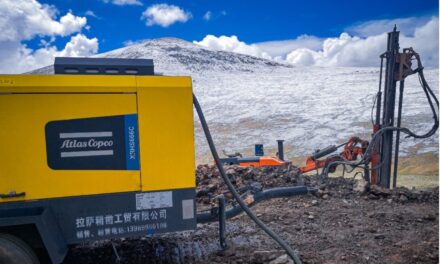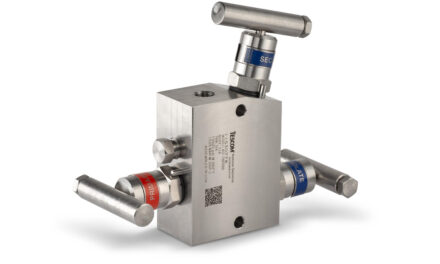|
BS 8888 defines the requirements for the technical specification of products and their component parts. The standard explains the way in which engineering drawings outline and present these specifications, and covers all of the symbology and information that engineers and designers need to include on their drawings, whether they are produced in 2D or in 3D, created using CAD systems and 3D modelling. Acting as a navigational roadmap to the ISO standards, BS 8888 provides information engineers need on a regular basis, including the nuts and bolts of engineering specification. The revised standard aims to help UK industry move over more fully to the ISO system of geometrical product specification, and is based on the ISO GPS system of product specification standards. BS 8888 brings together all international standards needed to prepare technical product specifications. The standard aims to assist UK industry to use the 200 or more international standards on documentation, specification, and verification. The standard has been restructured to make it easier to find key information and to improve the flow of requirements to reflect how they will be used by designers and engineers in practice. BS 8888 ensures that its users have access to one reference source with all the relevant information; enables you to speak the same language when specifying and graphically representing products; provides precision and accuracy, leaving no room for misinterpretation; helps the smooth transfer of the design concept to the manufacturing process; shortens the product development time; increases speed to market. Dan Palmer, Head of Market Development for Manufacturing and Services, said: “BS 8888 is the descendent of the world’s original engineering drawing standard, BS 308, and the revised standard is aimed at engineers who were trained using BS 308 as well as new users. The benefits of BS 8888 include improved productivity, reduced costs, and enhanced quality. For industry, this can mean fewer disputes over compliance or noncompliance of components, reduced scrap and re-works rates, and fewer queries due to incomplete specifications.” The updated standard is expected to be particularly useful to mechanical engineers, engineering designers, and design engineers in the UK, working in engineering and manufacturing companies, particularly in defence, aerospace, automotive, rail, nuclear and other general manufacturing sectors. Essentially, any engineering drawing should comply with the requirements of BS 8888. Independent design consultancies or design agencies are also set to benefit from BS 8888. Leading UK organisations such as Airbus, Sellafield, Jaguar Land Rover, and BAE Systems are all represented on the committee responsible for BS 8888 and represent the typical target markets for the standard. |
 BSI, the British standards company, has revised BS 8888:2017 –Technical product documentation and specification. The latest version is a comprehensive update to the UK’s national framework standard for engineering drawings and geometrical tolerancing.
BSI, the British standards company, has revised BS 8888:2017 –Technical product documentation and specification. The latest version is a comprehensive update to the UK’s national framework standard for engineering drawings and geometrical tolerancing.


